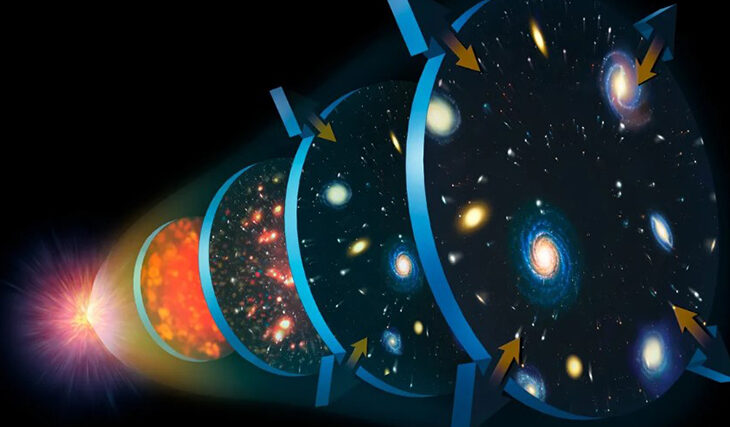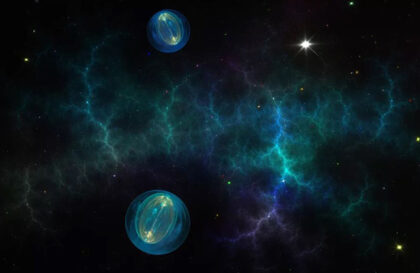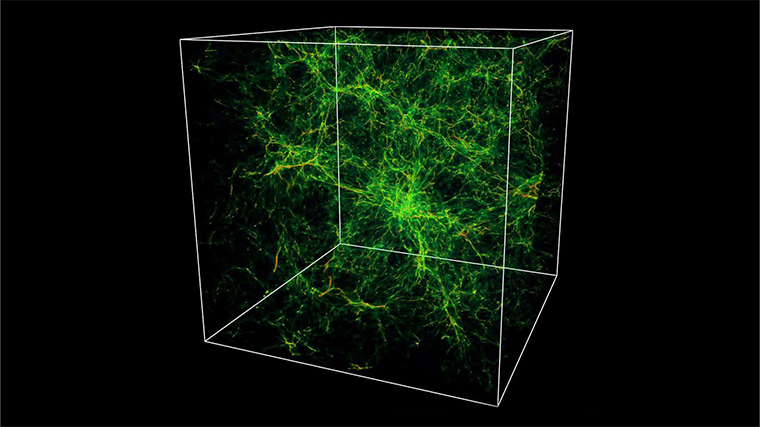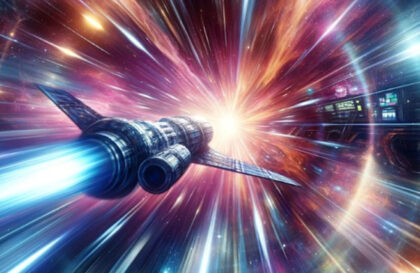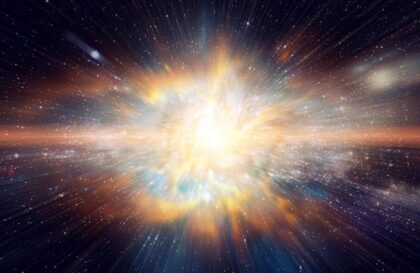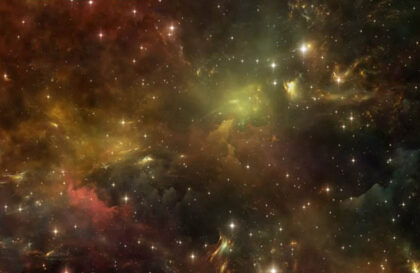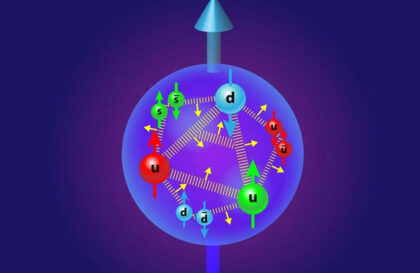New research by a Canadian physicist suggests the possibility that the universe could be 26.7 billion years old, contradicting the dominant cosmological model with an age of about 13.8 billion years. This is a hypothesis that is exciting and could solve some of the mysteries of the early Universe.
Astrophysicists have measured the age of the Universe based on the time since the Big Bang and by studying the redshift of light from distant galaxies, especially by analyzing the brightness of Type Ia supernovae (they are reliably recognizable by their spectrum). These supernovae serve as the “standard candles of cosmology” and help determine distances to galaxies.
The “tired light” model
Astronomers first proposed a “tired light” model to explain the cosmological redshift, where photons lose energy and turn red when traveling long distances. This explanation did not work due to problems such as the duration of supernova explosions in distant regions of the Universe.
Instead, the increase in redshift with distance was explained by general relativity. According to this theory, redshift occurs due to the expansion of space-time through which photons travel. This explained not only the redshift but also the long supernova explosions in the early Universe, since the stretching of photons due to the expansion of the Universe gave the appearance of time dilation for these events. According to this theory, the observed redshift of galaxies indicates their speed of moving away from each other, caused by the expansion of the Universe, and estimates the age of the Universe to be approximately 13.8 billion years.
The classic model doesn’t work?
In the last ten years, data have emerged that do not quite correspond to the classical model of the development of the Universe. For example, very ancient stars such as Methuselah (HD 140283), which must have formed 13.5 billion years ago, have been observed. This raises questions since it was previously believed that much more time, hundreds of millions of years, should have passed between the Big Bang and the formation of the first stars.
Scientists have also discovered galaxies from the early Universe that, although visible to us as they were several hundred million years after the Big Bang, already contain stars relatively rich in heavy elements. This poses a challenge since the formation of such stars requires significant stellar evolutionary time.
Professor Gupta’s new hypothesis
Professor Rajendra Gupta from the University of Ottawa (Canada) proposed combining the “tired light” hypothesis with the explanation of the red shift due to the expansion of the Universe within the framework of the theory of relativity. This may help resolve the contradiction between the observed young age of the Universe (13.8 billion years) and the presence of very mature galaxies. Gupta suggests that changes over time in the physical constants that govern particle interactions may extend the time frame for the formation of early high-redshift galaxies. This gives more time for galaxies to develop and old stars to emerge in the early Universe. As a result, the possible age of the universe could be about 26.7 billion years, twice as old as current estimates.
In his approach, Gupta tries to remove the contradiction between the small age of the Universe observed within the framework of the theory of relativity (13.8 billion years) and the very mature galaxies that astronomers have discovered in the last ten years. For example, the HD1 galaxy is 13.463 billion years old and formed only 324 million years after the Big Bang. At the same time, it is still very bright, at the level of many modern galaxies. Modern mainstream cosmology cannot explain how enough stars could appear in such a short time to form a bright galaxy.
Rajendra Gupta’s work does not explain all the weaknesses of the tired light hypothesis. For example, changing the physical constants as suggested by Gupta would not produce the same CMB spectrum as observed today. This approach is also difficult to test and can lead to a wide range of explanations, making its scientific validity questionable.
Black holes are the seeds of future galaxies
There are other attempts to explain the presence of mature galaxies in the early Universe using only relativity and without including exotic hypotheses such as “tired light” or changing physical constants. One such attempt is the idea of a cyclical universe that periodically contracts and expands. In this model, black holes play the role of “seeds” for the formation of galaxies and stars, which may explain the presence of mature galaxies in the early Universe.
Image credit:
https://www.space.com
https://briankoberlein.com
https://en.wikipedia.org
